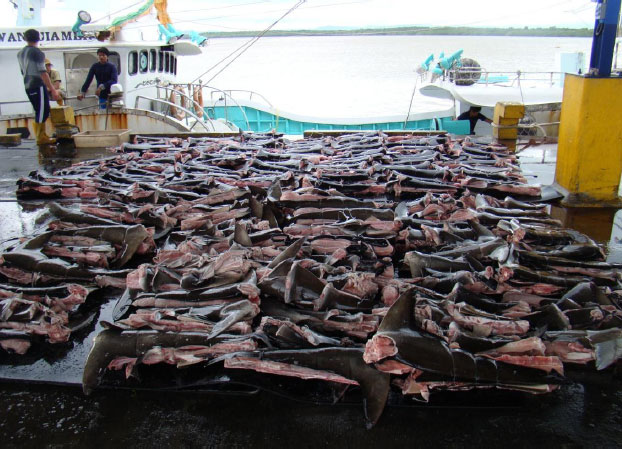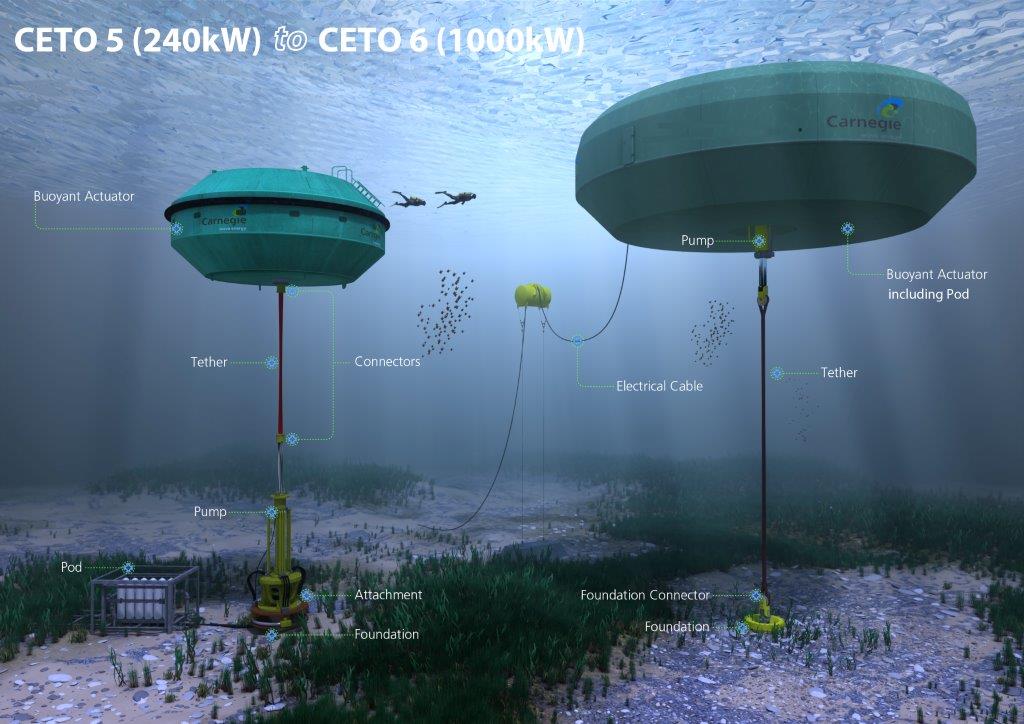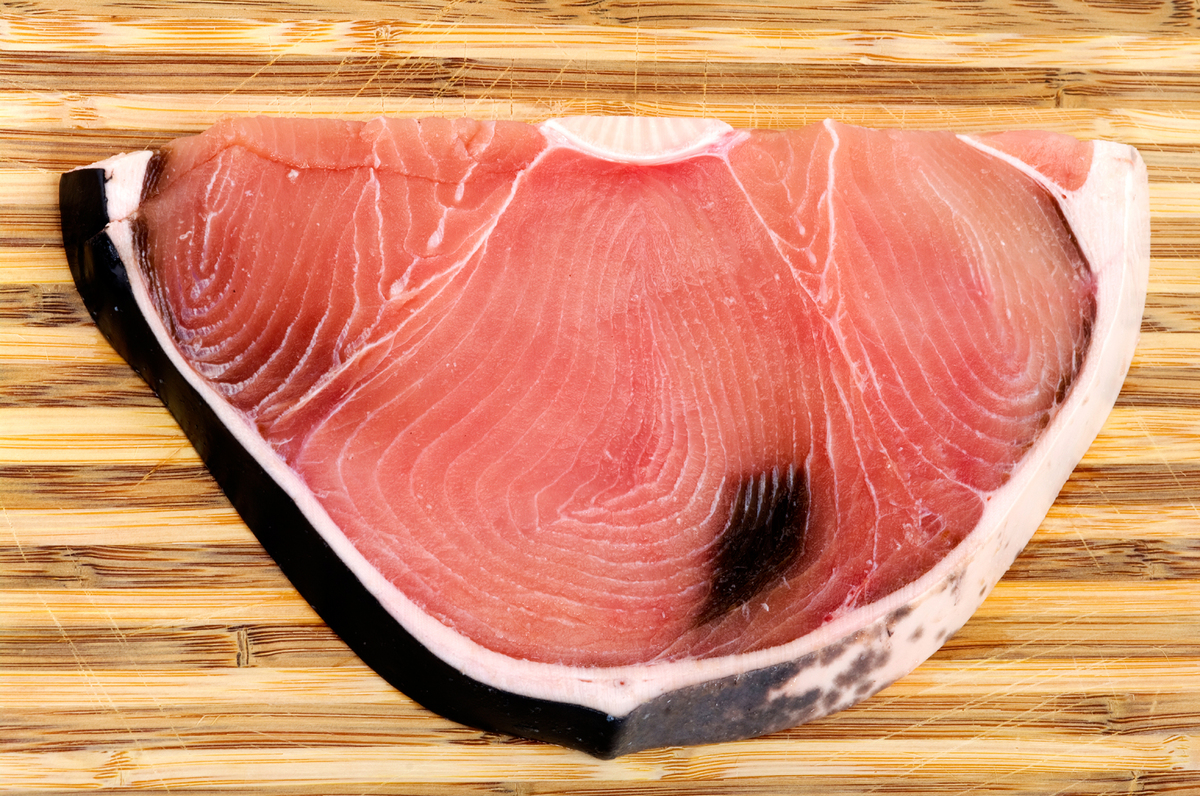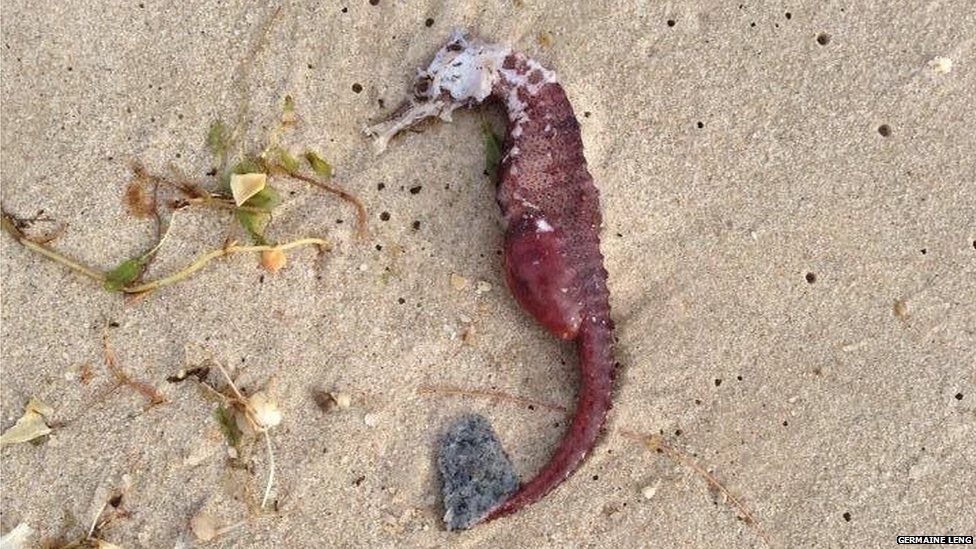1. Costa Rica Blocks Shark Fin Exports

On Tuesday, Costa Rica’s Environment Ministry suspended the export of hammerhead shark fins for six months. Over the years, the Asian demand for shark fin soup has greatly increased finning in the country. Costa Rica has been a popular location for the practice because of the longliner fleet and the international vessels for shark exploration and trade. The temporary law is a meaningful, significant, and progressive move for the Costa Rican government. Read more…
2. Arctic Sea Ice Getting Thinner, Faster
Based off of data collected in a study published in The Cryosphere, ice is not only covering less of the planet but also getting thinner. Scientists compiled data from multiple sources to determine that the ice thickness has decreased 85 percent as of September 2014. Based off of the depth measurements from satellites and submarines, the Arctic basin has decreased 18 inches per decade since 2000. So the real question remains, when will there no longer be ice in the Arctic?. Read more…
Take a look at these pictures that were taken on Nantucket, MA. Photographer, Jonathan Nimerfroh, captured a rare occurrence this week- frozen waves! The extremely cold winter weather in New England turned the waves into a slushy consistency. Read more…
4. Mexico Rolls Out Plan to Save Endangered Vaquita
The Vaquita, averaging a length of 4.5 feet, has been recorded as the world’s smallest porpoise. On February 27th, Mexico banned the use of gillnets to help preserve the 100 remaining vaquitas. Oftentimes fishermen will unintentionally drown these porpoises with the nets while attempting to catch the highly prized totoaba fish. The Mexican government may try to use drones to monitor the fishing practices in the area. Read more…
5. World’s First Grid-Connected Wave Power Station Switched On
 In past Week in Review reports we discussed a source of wave power that was able to withstand storm conditions. This week Carnegie Wave Energy, an Australian company, has launched wave-generated electricity. The power, that is currently powering the Australian Department of Defense’s naval base, is being generated by three buoys. These buoys float at 25-50m below sea level and push pressurized seawater through a pipeline and to an hydroelectric power station. Read more…
In past Week in Review reports we discussed a source of wave power that was able to withstand storm conditions. This week Carnegie Wave Energy, an Australian company, has launched wave-generated electricity. The power, that is currently powering the Australian Department of Defense’s naval base, is being generated by three buoys. These buoys float at 25-50m below sea level and push pressurized seawater through a pipeline and to an hydroelectric power station. Read more…6. Secret Hideout Helped Penguins Survive the Ice Age
Climate change has had a profound impact on many different species but, how have the emperor penguins been affected? A study recently published in Global Change Biology examines the evolution of the penguin populations through the last ice age. Scientists reviewed the genetic diversity of modern and ancient populations of emperor penguins to see how they changed over time. Year ago, the penguin population was seven times smaller than it is today. One of the ancient groups was isolated within the Ross Sea. It is believed that penguins were able to survive the ice age in a polynya in the Ross Sea. Read more…
7. Why Shark Finning Bans Aren’t Keeping Sharks Off The Plate (Yet)

Throughout the years Sea Save members have worked to eradicate international shark finning. Although we have been successful with many different campaigns, sharks are still being overfished. This fishing is now not only for the shark fins but the shark meat. The import of shark meat has increased 42% from 2000 to 2011.Read more…
8. Dim Lights for Sea Turtle Nesting Season
As winter comes to a close, sea-turtle nesting season begins! The coastal towns of Florida have already developed some ordinances to protect the leatherback, green, and loggerhead sea turtles. From March until the end of October, no artificial lights will be allowed to be visible from the beach. The artificial lighting confuses the sea turtle hatchlings and they will not be able to find their way to the ocean. Read more…
9. Mass Fish Deaths Off Singapore Coast Spark Concern
10. Why Seashells’ Mineral Forms Differently in Seawater
 Have you ever walked on the beach, found a shell and wondered how it was formed? The scientists at MIT and Lawrence Berkeley National Laboratory have reviewed the atomic process. This study explains the science behind the formation of two types of calcium carbonate- calcite and aragonite. Read more…
Have you ever walked on the beach, found a shell and wondered how it was formed? The scientists at MIT and Lawrence Berkeley National Laboratory have reviewed the atomic process. This study explains the science behind the formation of two types of calcium carbonate- calcite and aragonite. Read more…
Sea Save Foundation is committed to raising awareness of marine conservation. The Week in Review is a team effort produced by the Sea Save staff to provide a weekly summary of the latest in marine research, policy, and news.





